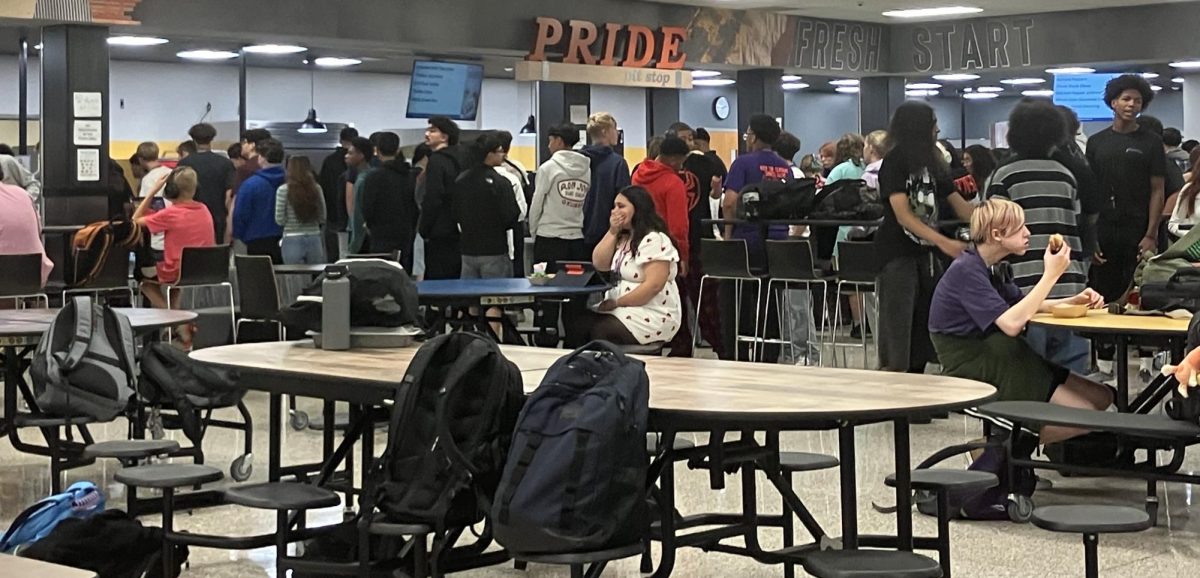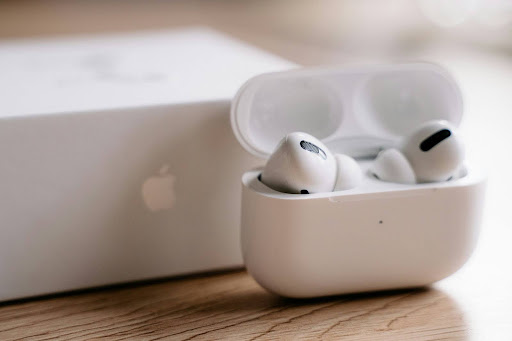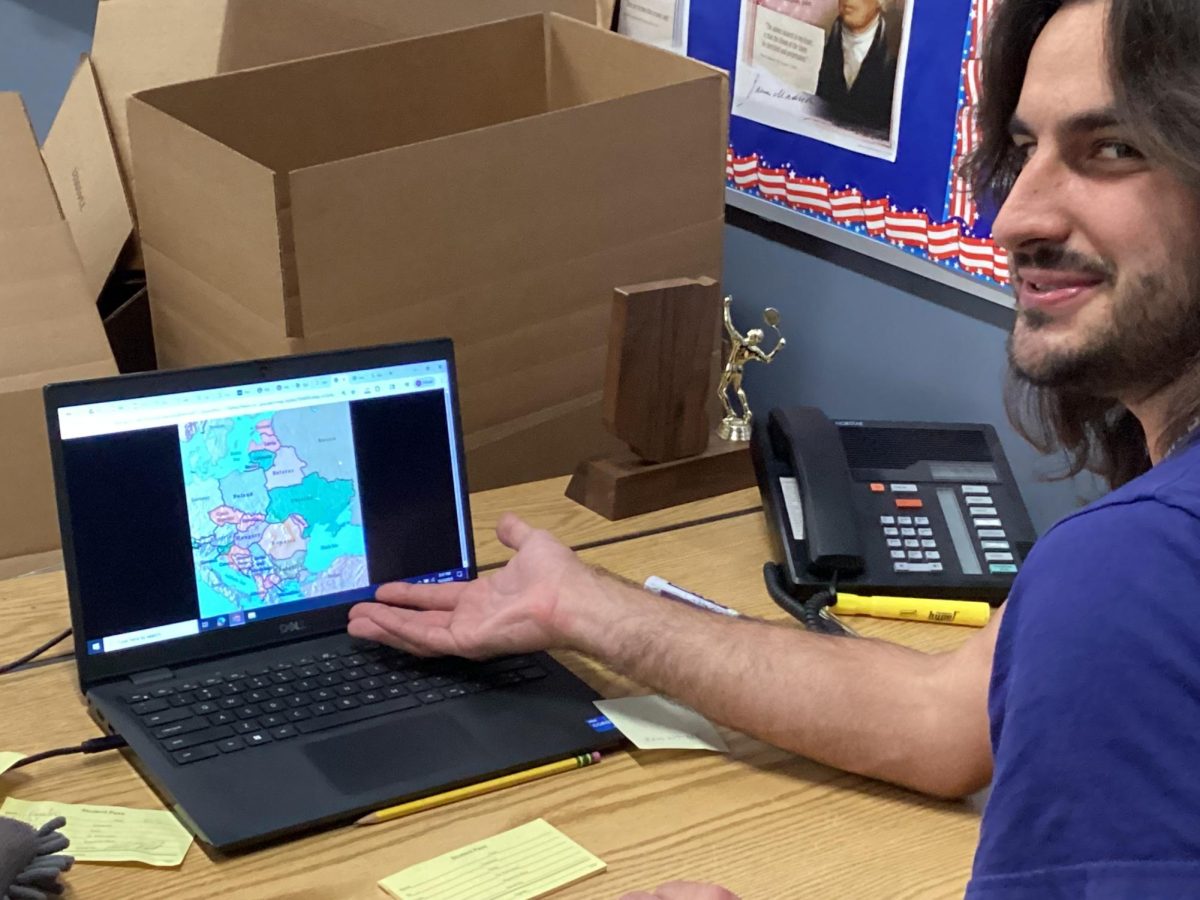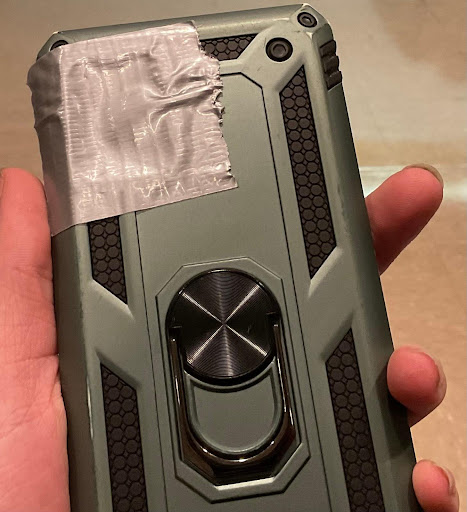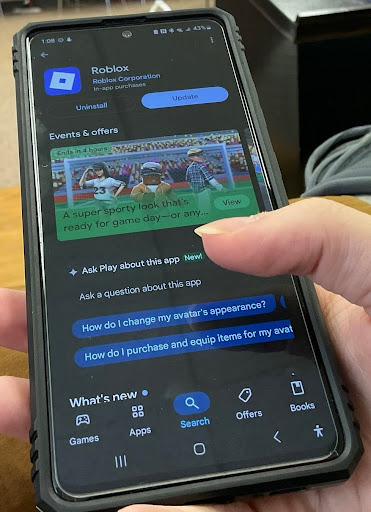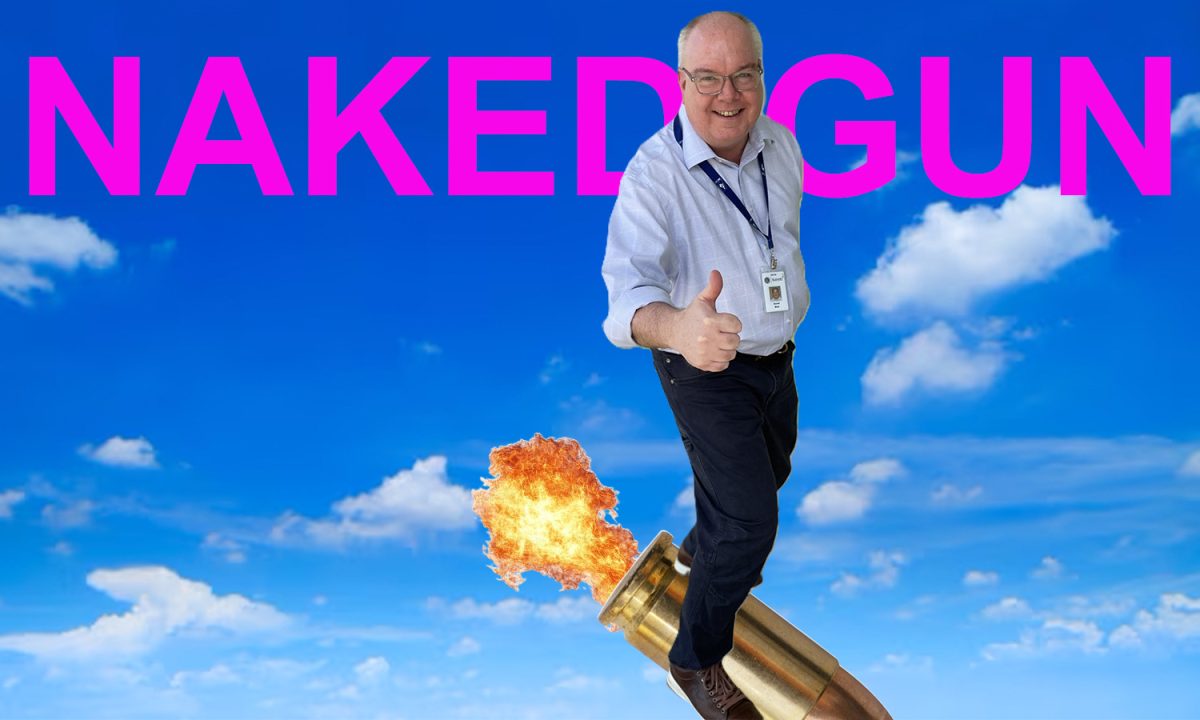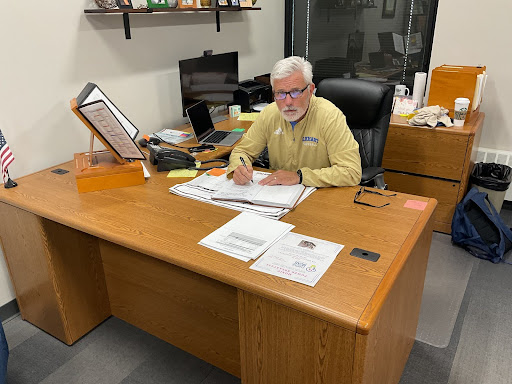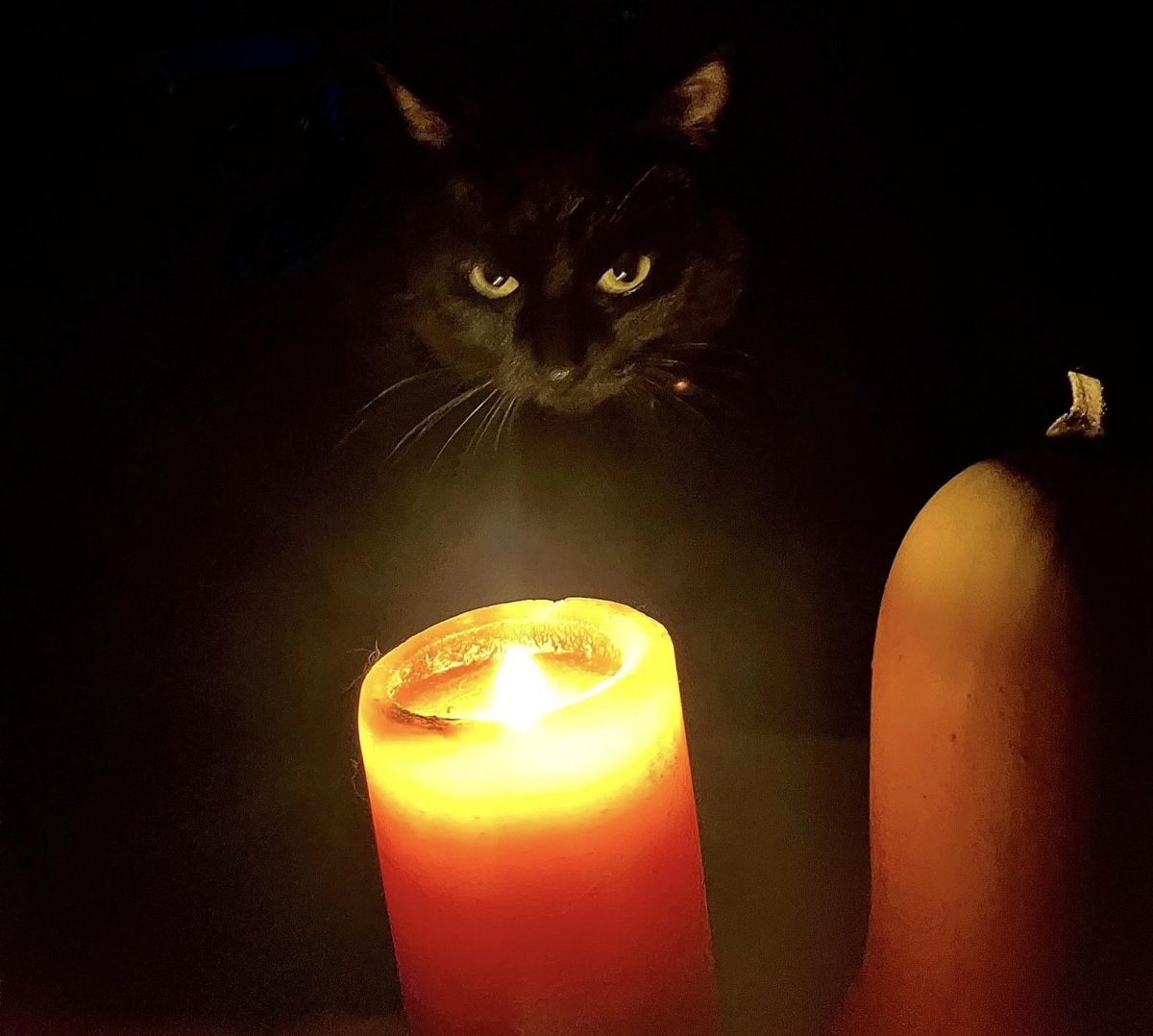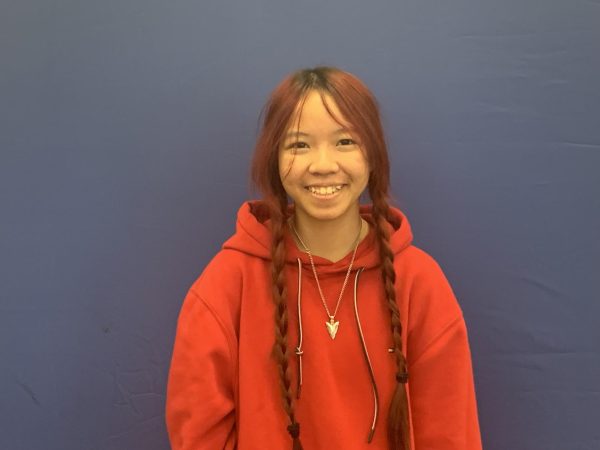The lunch bell may signal a break from class, but for many students at Elkhart High School, it means rushing to stand in a line that can eat up most of their time to consume food.
Crowded lines, line-cutting, and limited staff have turned lunch into one of the day’s most frustrating experiences–especially for Assistant Principal Frank Kurth, who spends much of his day monitoring students in the cafeteria. “I have been frustrated because for staffing [in the cafeteria.] We are on an 8-block period, and we don’t have teachers available for supervision. It’s just me and usually three other police officers who are in there.” Kurth goes on to explain that the officers are not there to patrol budging in line, throwing of food, or even trash pickup. “They aren’t allowed to do much other than break up a fight,” Kurth notes. “I’m the guy who tries to have his eyes on everything else, but I try to be fair and equitable.”
It’s been nearly two months into school, but lunch lines are still a daily struggle. Students comment on how waiting in line takes up most of the lunch period. Many described the wait as frustrating and unfair. “Most of the time,” shares Senior Zoe Hunt, “the lines are extremely long, so I don’t get enough time to eat my lunch.” Sophomore Casey Towne had a similar experience, saying, “If I get there a little late, I have to wait an extra 10 minutes just to get my food and sit down–only to have 5 minutes left to eat!”
Others grumble that “cutting” makes the problem worse. “If you’re trying to get in line and people are just cutting, you’re not gonna be able to get your lunch in time,” observes Junior Nathan Novack.
Teachers and staff, too, have noticed the issue. Art teacher Arthur Hughes explains. “I’ve stopped several students from cutting in line,” adding that the waiting time this year is a lot longer because the school lost many support staff over the summer. Teachers, students, and staff all have their own ideas for improving the lunch lines. However, Hunt, Novack, and Towne believe the answer is quite simple: “More lines.” Towne also suggests adding a security guard to watch over two of the lines in an effort to decrease the frequency of line cutters.
Cafeteria staff has its own idea for improving the lunch lines. Cashier Vivian Washington recommended preparing grab-and-go meals. Numerous students were in favor of this option. Hughes proposes an idea that cafeteria staff would clearly be in favor of: offering higher wages, which could allow more registers to open and shorten wait times. With so many ideas on the table but no feasible way to implement them immediately, Kurth defaults to his only option: “I think the strategy is for people to know that I’m watching, and when caught, I’ll bring them into my office and call home.”
Clearly, this is good food for thought. Until then…no budging, please!







